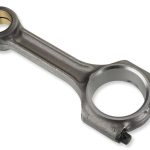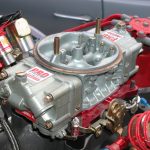There are various types of automobile engines used for various purposes, mostly in the automotive section. Today in our daily life we move from one place to another by means of transportation, most especially vehicles and other means you may know. For those commercial users of vehicles just imagine that 85% of them don’t even know the type of engine their vehicle carries. If you’re one of them you need to learn and for an automobile engineer who wants to know, you’re in the right place.
Internal combustion engines:
Just as the name implies, internal combustion engines are popular types of engine that allows fuel combustion to occur inside the engine, using produced pressure to cause the temperature to rise. it is a mixture of fuel and air igniting in the various chamber in the engine. This process happens thousands of times in a minute, giving the vehicle its movement. These types of engines are abbreviated as IC engines.
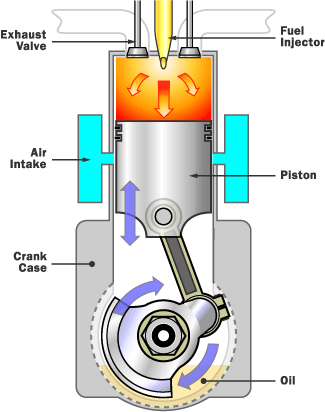
The process of powering internal combustion engines is known as the combustion cycle, in most engines, it is called a four-stroke or cycle, hence it is named a four-stroke engine. IC engines are differentiated by the number of strokes or cycle the piston makes for full rotation of the crankshaft. The four-stroke steps include;
Hence, having the sense of how chemical energy is transforming into useful mechanical energy. A big IC engine can generate 109,000HP, which can power a ship that transports about 20,000 containers.
External combustion engines:
External combustion engines are types of heat engines that also burn fuel. But in this situation, it keeps the fuel and exhaust products separate. That is, fuel is burned in a chamber and the working fluid is heated inside the engine through a heat exchanger.
The EC engines function similarly to the IC but have some differences as well. These two types of engines required heat, which is obtained when a source undergoes thermal dilation-contraction or a shift in phase without changing its chemical composition.
In the case of IC engines, a fluid used is a mixture of fuel and air that combust, changing its chemical composition. The fluid used in EC engines can be either gaseous (Stirling engine), liquid ( Organic Rankine cycle engine), or change of phase (steam engine) all these are examples of EC engines.
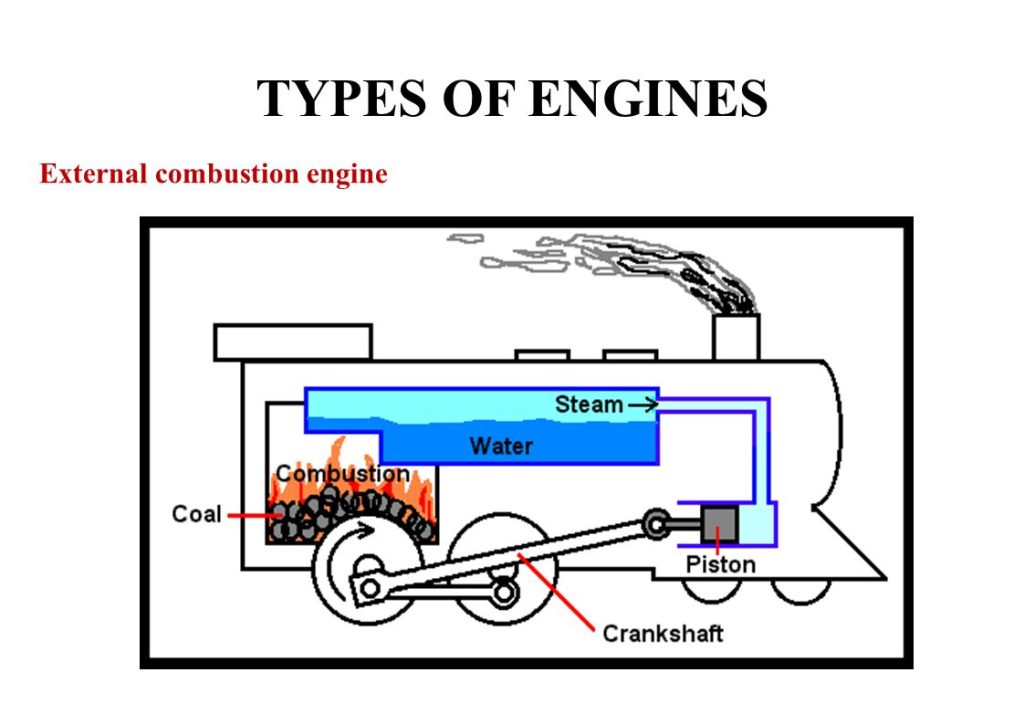
Electric Engine:
How does the electric car engine work?
Electric cars function by plugging into a charge point and taking electricity from the grid. They store the electricity in rechargeable batteries that power an electric motor, which turns the wheels. Electric cars accelerate faster than vehicles with traditional fuel engines – so they feel lighter to drive.
How does charging work?
You can charge an electric vehicle by plugging it into a public charging station or into a home charger. There are plenty of charging stations around the UK to stay fully charged while you’re out and about. But to get the best deal for home charging, it’s important to get the right EV electricity tariff, so you can spend less money charging and save more on your bill.
EVs and their range
How far you can travel on a full charge depends on the vehicle. Each model has a different range, battery size, and efficiency. The perfect electric car for you will be the one you can use for your normal journeys without having to stop and charge up halfway through. Explore our EV leasing options.
What types of electric cars are there?
There are a few different types of electric vehicles (EVs). Some run purely on electricity, these are called pure electric vehicles. And some can also be run on petrol or diesel, these are called hybrid electric vehicles.
- Plug-in electric – This means the car runs purely on electricity and gets all its power when it’s plugged in to charge. This type doesn’t need petrol or diesel to run so doesn’t produce any emissions like traditional cars.
- Plug-in hybrid – These cars mainly run on electricity but also have a traditional fuel engine so you can use petrol or diesel too if they run out of charge. When running on fuel, these cars will produce emissions but when they’re running on electricity, they won’t. Plug-in hybrids can be plugged into an electricity source to recharge their battery.
- Hybrid-electric – These run mainly on fuel like petrol or diesel but also have an electric battery too, which is recharged through regenerative braking. These let you switch between using your fuel engine and using ‘EV’ mode at the touch of a button. These cars cannot be plugged into an electricity source and rely on petrol or diesel for energy.
What are the inner parts of an EV?
EVs have 90% fewer moving parts than an ICE (Internal Combustion Engine) car. Here’s a breakdown of the parts that keep an EV moving:
- Electric Engine/Motor – Provides power to rotate the wheels. It can be DC/AC type, however, AC motors are more common.
- Inverter – Converts the electric current in the form of Direct Current (DC) into Alternating Current (AC)
- Drivetrain – EVs have a single-speed transmission that sends power from the motor to the wheels.
- Batteries – Store the electricity required to run an EV. The higher the kW of the battery, the higher the range.
- Charging – Plug into an outlet or EV charging point to charge your battery.
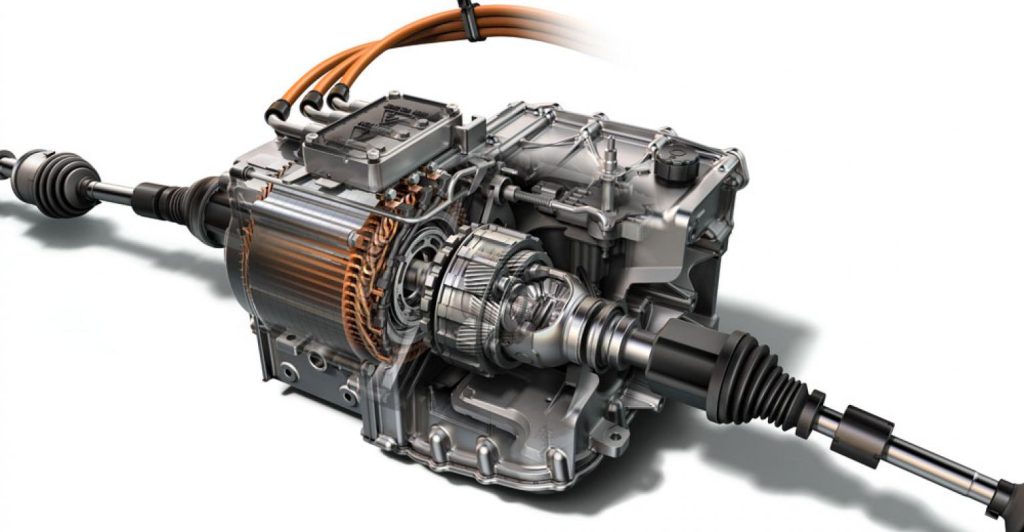
For More Press Here







